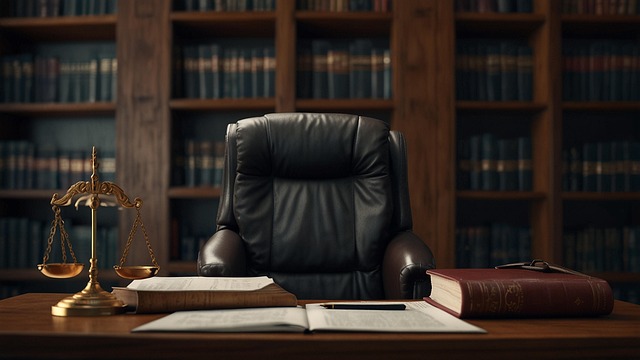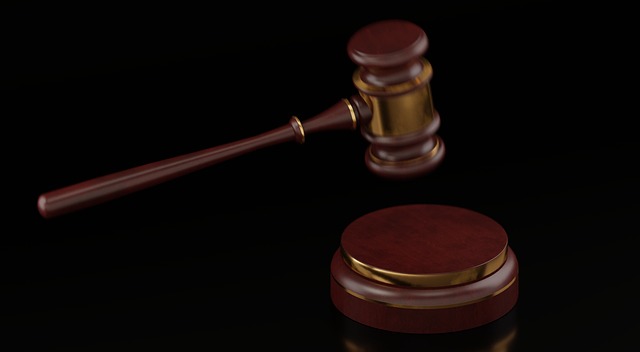Consumer protection laws safeguard rights in business interactions, covering product safety, advertising transparency, and fraud prevention. The Criminal Procedure Appeal Process Explained plays a vital role for consumers seeking legal redress against business violations, mirroring its structure in handling criminal appeals. This process involves evidence gathering, lawsuits, and court reviews to ensure fairness and accuracy, leading to compensation, penalties, or precedent-setting decisions that protect individual and community rights within the marketplace.
“In the intricate landscape of consumer rights, understanding suits initiated under consumer protection laws is paramount. This article delves into the intricacies of these legal mechanisms, offering insights on key triggers for initiating a suit and the subsequent criminal procedure appeal process. From the initial stages of legal action to the remedies available, we explore how consumers can protect their rights. Additionally, we provide clarity on the Criminal Procedure Appeal Process Explained, ensuring readers are equipped with valuable knowledge in navigating these complex legal avenues.”
- Understanding Consumer Protection Laws
- When a Suit is Initiated: Legal Trigger Points
- The Criminal Procedure Appeal Process
- Consumer Rights and Remedies After a Suit
Understanding Consumer Protection Laws

Consumer protection laws are designed to safeguard the rights of individuals when interacting with businesses. These regulations cover a wide range of issues, from ensuring product safety and transparency in advertising to preventing fraudulent practices. Understanding these laws is crucial for both corporate and individual clients, as it empowers them to navigate the market with confidence and protect themselves from potential harm.
The Criminal Procedure Appeal Process Explained plays a significant role in upholding consumer rights. In cases where businesses violate consumer protection regulations, individuals have the right to seek legal redress through various avenues, including jury trials. This ensures that justice is served and that companies are held accountable for their actions, fostering trust within the philanthropic and political communities.
When a Suit is Initiated: Legal Trigger Points

When a consumer protection suit is initiated, several legal trigger points come into play, mirroring elements of the criminal procedure appeal process explained in legal circles. Typically, this involves a consumer asserting their rights against businesses or entities that have allegedly engaged in deceptive, unfair, or unconscionable practices. Such practices can range from false advertising to breach of warranty or failure to disclose material information, among others.
In high-stakes cases across the country, understanding these trigger points is crucial for both consumers and their legal representatives. The initial step often involves gathering substantial evidence, including documentation, receipts, and any communication with the business in question. Once this foundation is laid, a lawsuit can be filed, setting into motion a series of legal procedures aimed at securing justice for the harmed consumer.
The Criminal Procedure Appeal Process

The Criminal Procedure Appeal Process Explained
In cases involving consumer protection suits, understanding the Criminal Procedure Appeal Process is paramount for justice to be served. This process allows for the review of decisions made during criminal proceedings, ensuring fairness and accuracy. If a defendant believes there has been an error or misconduct during their trial, they have the right to appeal, seeking higher court intervention.
This intricate process involves multiple steps, beginning with the filing of an appeal notice within a specified time frame. Subsequent stages include submitting written arguments, known as appellants’ briefs, followed by oral arguments before a panel of judges. The courts meticulously examine the case, considering all evidence and legal precedents. If the appeals court agrees that errors were made, it can overturn the original decision, providing relief for victims and setting a precedent for future consumer protection cases. This process, with its unprecedented track record in upholding justice, reflects the commitment to safeguarding the rights of both individuals and the philanthropic and political communities affected by criminal activities.
Consumer Rights and Remedies After a Suit

After a consumer protection suit is resolved, consumers have several rights and remedies that can help protect them in the future. These include the right to receive compensation for any financial losses incurred, as well as the right to ensure similar violations do not occur again. In many cases, businesses may be ordered to cease certain practices or face additional penalties if found guilty of misleading or deceptive acts.
The outcome of a consumer protection suit can also impact the Criminal Procedure Appeal Process Explained, especially in high-stakes cases across the country with an unprecedented track record. Consumers may appeal decisions that they believe do not adequately address their concerns, ensuring that justice is served and that businesses are held accountable for their actions. This process plays a crucial role in maintaining consumer trust and safeguarding their rights in the marketplace.
Consumer protection suits play a vital role in ensuring businesses uphold their responsibilities, safeguarding folks from fraudulent or harmful practices. By understanding the legal trigger points, navigating the Criminal Procedure Appeal Process explained, and knowing their rights, consumers can actively protect themselves and foster a fair marketplace. These measures empower individuals to stand up for their consumer rights, ultimately revolutionizing business conduct and enhancing trust in today’s digital era.






